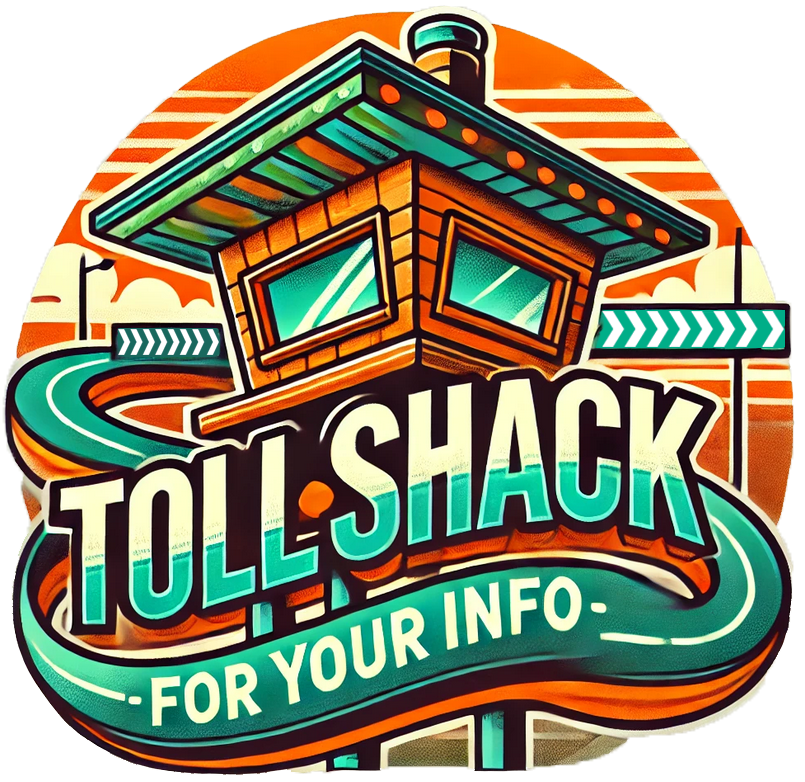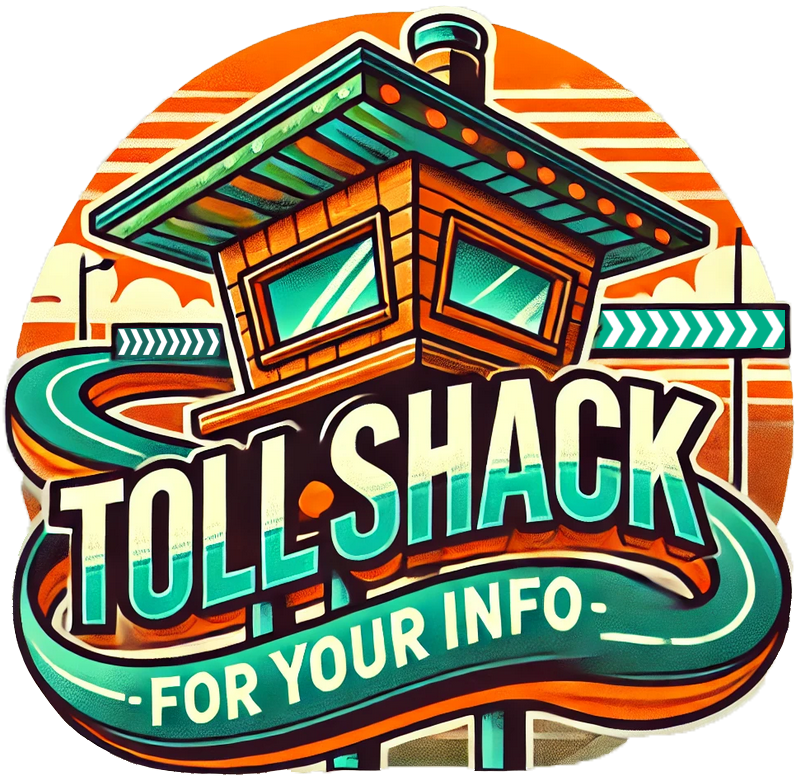The Virginia Department of Transportation (VDOT) manages and operates various toll roads across the state, primarily to support road construction, maintenance, and congestion management. Some of the major toll roads in Virginia include:
- Dulles Toll Road (Virginia Route 267)
– Location: Northern Virginia
– Description: This toll road runs between Washington Dulles International Airport and the Capital Beltway (I-495), providing access to Dulles Airport and the surrounding areas. It is operated by the Metropolitan Washington Airports Authority (MWAA).
– Tolling: Tolls are collected electronically using E-ZPass or with cash/credit at toll booths. Rates are based on distance traveled.
- 495 Express Lanes (Capital Beltway)
– Location: Northern Virginia
– Description: The express lanes run along the Capital Beltway (I-495) from Springfield to McLean. These high-occupancy toll (HOT) lanes offer faster travel options in exchange for tolls, depending on traffic conditions.
– Tolling: Toll prices vary dynamically based on real-time traffic congestion and are collected using E-ZPass.
- 95 Express Lanes (I-95)
– Location: Northern Virginia
– Description: Running parallel to the regular lanes on I-95, these express lanes extend from the Washington, D.C. area to Stafford County. Similar to the 495 Express Lanes, these are HOT lanes.
– Tolling: Tolls fluctuate with traffic levels and are only collected electronically through E-ZPass. Vehicles with three or more occupants (HOV-3) can use the lanes for free during certain times.
- 66 Express Lanes (I-66)
– Location: Inside and outside the Beltway in Northern Virginia
– Description: The I-66 Express Lanes are divided into two segments:
– Inside the Beltway: Operates as a dynamic toll road during peak hours, but is free for high-occupancy vehicles (HOV-2+).
– Outside the Beltway: These lanes run from I-495 to Gainesville and operate as HOT lanes.
– Tolling: Tolls are variable based on traffic and are collected electronically via E-ZPass.
- Chesapeake Expressway (Route 168)
– Location: Chesapeake, Virginia
– Description: The Chesapeake Expressway connects travelers from the Hampton Roads area to the Outer Banks in North Carolina.
– Tolling: Tolls are collected at a mainline toll plaza, with higher rates during peak travel seasons. E-ZPass is accepted.
- Downtown Expressway and Powhite Parkway (Richmond Area)
– Location: Richmond, Virginia
– Description: These toll roads provide quick access into and around downtown Richmond. The Powhite Parkway connects the southwestern suburbs to downtown.
– Tolling: Both electronic (E-ZPass) and cash options are available. Rates are relatively low but apply at multiple toll points.
- Elizabeth River Tunnels (Midtown and Downtown Tunnels)
– Location: Norfolk-Portsmouth, Virginia
– Description: The Elizabeth River Tunnels system includes the Midtown and Downtown tunnels, which connect Norfolk and Portsmouth under the Elizabeth River. The tunnels ease congestion and provide critical transportation links between these cities.
– Tolling: Tolls are collected electronically via E-ZPass or billed by mail (Pay by Plate). Rates vary by time of day and vehicle type.
- South Norfolk Jordan Bridge
– Location: Chesapeake and Portsmouth, Virginia
– Description: The South Norfolk Jordan Bridge is a tolled bridge that spans the Elizabeth River and connects Chesapeake with Portsmouth.
– Tolling: Tolls are collected electronically (E-ZPass) or through a pay-by-plate system.
- Route 288 (Richmond Area)
– Location: Richmond, Virginia
– Description: Route 288 is a partial toll road serving as a bypass west of Richmond. It connects I-64 and I-95.
– Tolling: Tolls are collected electronically on certain sections of the road.
Tolling Systems:
– E-ZPass: The primary method for paying tolls across Virginia’s toll roads and bridges is E-ZPass, which allows for electronic toll collection.
– Dynamic Pricing: On many express lanes (I-495, I-95, I-66), toll prices change based on traffic conditions, encouraging usage when traffic is light and discouraging it during peak congestion.
Public Benefits:
VDOT utilizes toll revenues for roadway maintenance, expansions, and to ease congestion, particularly in heavily trafficked areas. The dynamic pricing model on express lanes helps manage traffic flow efficiently, ensuring faster commutes for those willing to pay and offering free access to carpoolers during peak periods.









Customer Reviews
Thanks for submitting your comment!